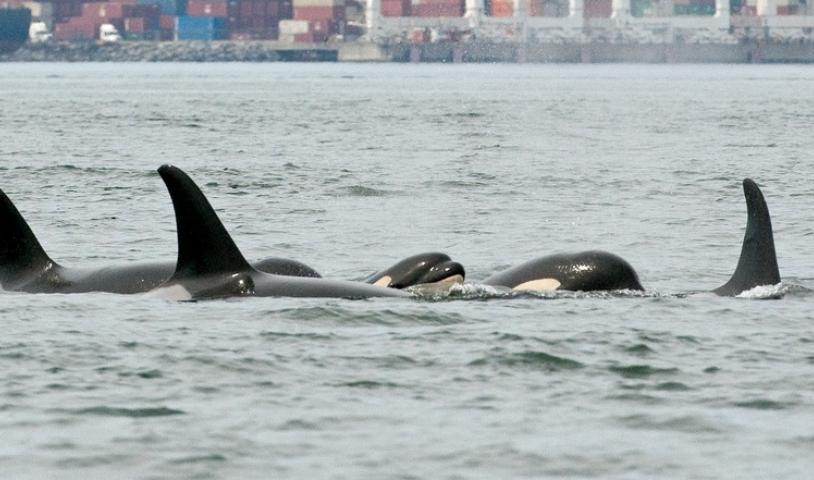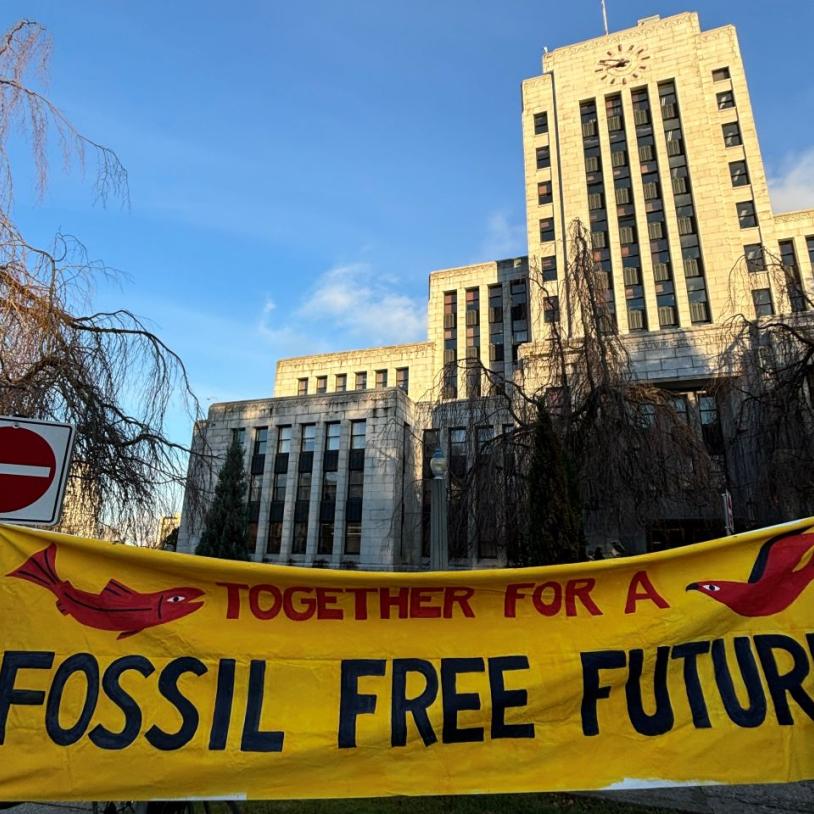6 Things You Need To Know About The Kinder Morgan Pipeline Process
Monday, May 16, 2016
It can get pretty hard to keep up with the new developments surrounding the Kinder Morgan pipelines. What's the next step? Will I be heard? What's the latest update? We've got you covered on what to expect in the coming months and how you can help!
- Public meetings will be held along the pipeline and tanker route in the coming months. This is the extended public consultation process the federal government has put forward with the explicit goal of restoring public confidence in the decision it makes. They want to use it to justify railroading this pipeline through over the opposition of British Columbians. We cannot let that happen. Wilderness Committee and our allies will be mobilizing to pack these meetings with local residents concerned for the coast and the climate. Pledge to join us here.
- Rubber stamps are at the ready to approve the pipeline despite a widely criticized review process which the government acknowledges does not have the trust of the public. An approval is expected from the National Energy Board (NEB) by May 20. Due to a decision by the British Columbia Supreme Court, the provincial government is holding an additional review process. While this may mean the Province will need to make a decision heading into an election, it is unlikely to provide meaningful consultation for First Nations and other BC communities as it appears to be using the same NEB evidence.
- A new “climate test” is woefully inadequate because it does not consider the massive downstream emissions of the project – the carbon pollution emitted when the oil is burned. The 79 million tonnes of carbon dioxide is 10 times higher than the upstream emissions the government is looking at for its additional climate test. A real climate test would be to determine that it has no place in a world that 1.5 degrees warmer. Kinder Morgan certainly fails that test.
- Nobody is taking spills seriously despite a report from the U.S. National Academy of Sciences that shows how diluted bitumen behaves differently from a regular spill on water and nobody knows how to clean them up. Tar sands bitumen that spills into the Salish Sea would soon sink into the water column where traditional cleanup methods cannot retrieve it. Despite this glaring evidence, the National Energy Board refused to consider the study in its review. British Columbia’s new “world-leading” spill response legislation does not address this fatal flaw in this pipeline project.
- Indigenous people remain vehemently opposed while provincial and federal leaders appear to be making backroom deals to approve the pipeline. Many First Nations along the pipeline and tanker route are opposed to this pipeline, fearing for the waters they have shared and protected since time immemorial. Tsleil-Waututh Nation, directly across from the pipeline terminal, is currently taking the project to court. If Canada is to implement the UN Declaration on the Rights of Indigenous peoples as promised, the government must reject Kinder Morgan.
- Prime Minister Trudeau now owns this decision. By acknowledging the National Energy Board’s massive flaws but continuing with the process, the federal government has sealed the fate of the Kinder Morgan pipeline on its own. If this reckless expansion of the tar sands is approved, communities at risk will not soon forget it.
Watch this space this week, as we've got an exciting and interactive feature in the works.





